Semiprecious stones: properties, names and subtleties of choice
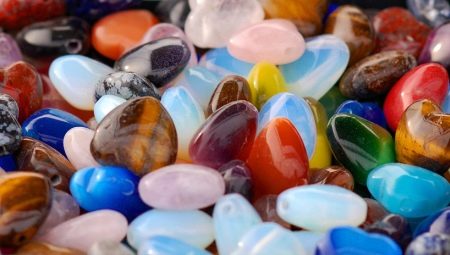
At all times, great importance was attached to stones. They were worn by people with a certain social status - most often, high. Now almost everyone can afford them - the variety of stones, as well as their prices, are extensive. But if precious stones are known to everyone, then few can distinguish semi-precious stones. This article will tell you about what they are, what stones they include, and about their properties.
What it is?
Semiprecious stones, at first glance, practically do not differ from precious stones, especially for ordinary people.
Their main difference from precious stones is that these minerals can be mined in much larger quantities and over a much wider area.
By combining all the previously collected information about them, we can say that semi-precious stones are minerals, the main feature of which is their beautiful appearance.
Representatives of precious stones can be counted on one hand, and they are all quite famous, and the list of semi-precious stones is quite wide. In addition, now the boundaries of separation of precious and semi-precious stones are erased. It is noteworthy that despite the large number of the latter, the price of some minerals is rather high.
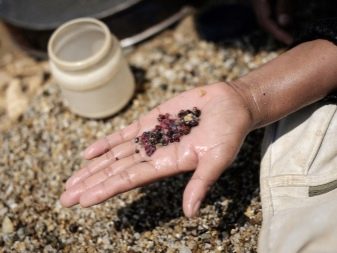
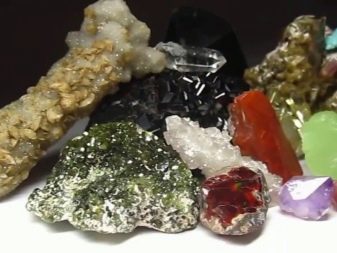
Properties
Now, statements about the beneficial effect of stones on a person are quite popular, depending on which sign of the zodiac it belongs to, as well as about their treatment of various kinds of diseases. Of course, there is no need to talk about the effectiveness of the influence of any stones in the treatment or establishment of interpersonal relationships. But a very real fact is the absence of various allergic reactions of the body to natural semi-precious stones.Jewelry made from them is also recommended for small children.
The many samples of this group are an important part jewelry-amuletsmade since ancient times.
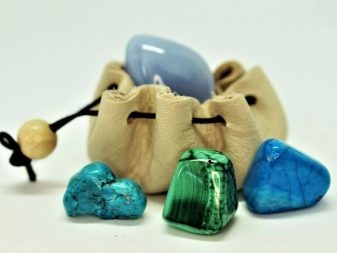
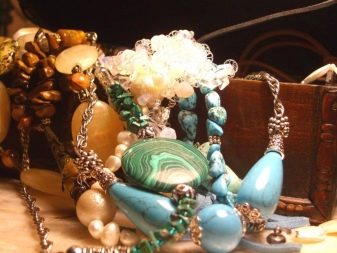
More seriously, it is worth noting the fact that scientists studying minerals - gemologists - there are three main groups of all stones: precious, semi-precious and ornamental... They all have characteristics such as rarity being in nature, degree of transparency and strength.
Now the boundaries of the classification of these three groups are becoming more and more blurred, as already mentioned above.
Some samples of semi-precious stones can be more expensive than precious stones, but at the same time they are inferior in strength many times.
In any case, one property of all gems is invariable and indisputable - this is their value as material property.
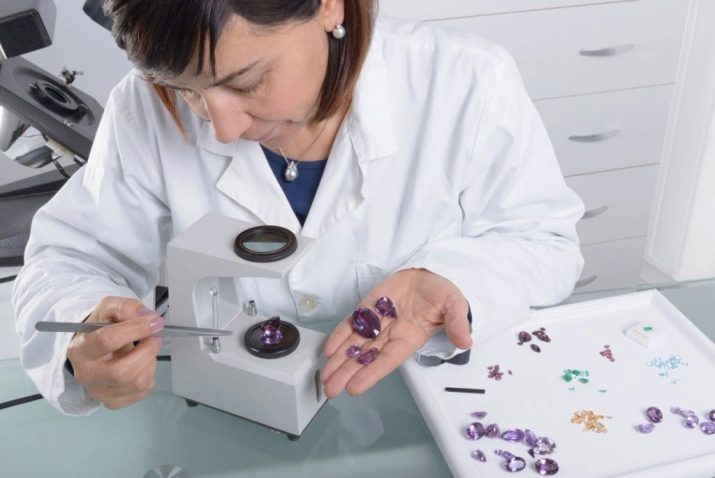
What are they?
Below is a non-exhaustive list and a brief description of the outstanding representatives of the group of semi-precious stones.
- One of the representatives of natural semi-precious stones is called agate. It is a subclass of quartz with chalcedony. Depending on the different types of patterns, it received different names: "moss agate" is a stone with plant patterns, and "dendrite" - with a woody pattern. Also, agate can have cloudy, landscape, rainbow or fire patterns.
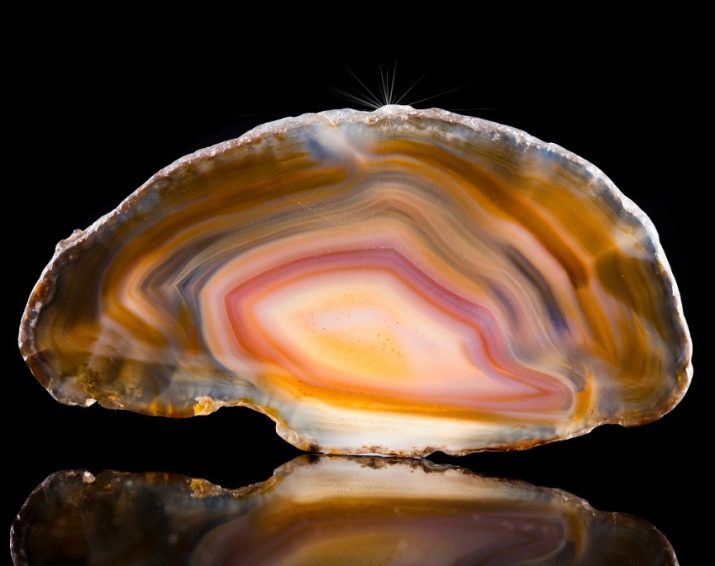
- Aquamarine has a characteristic bluish-green color. Especially the stone shimmers with all shades of these two colors under the rays of the sun. If earlier it was used for inlaid crowns, now it is mainly used for lens mounts.
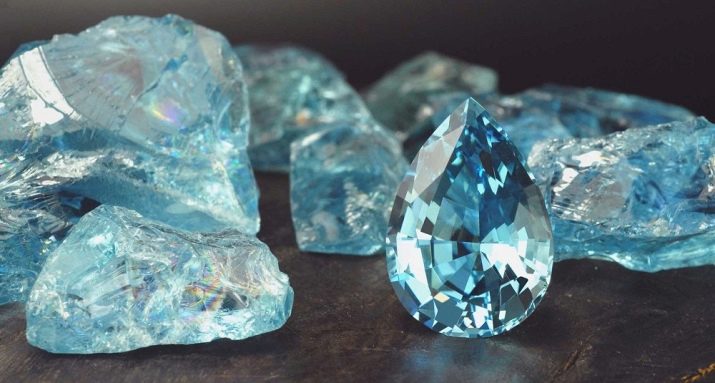
- The next stone is amethyst... As a rule, this mineral comes in various burgundy and dark purple shades, however, transparent amethysts are also known. The latter are quite rare.
It is able to change its color and shade not only under the rays of the sun, but also when heated.
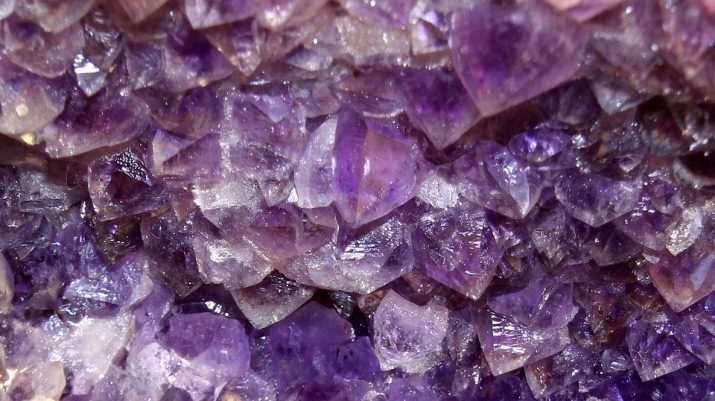
- Garnet - a mineral that has many colors and shades. It got its name due to the fact that it is pyrope (red garnet) that is most easily processed, and therefore was used in jewelry.
It is widely believed that red pomegranate helps build romantic relationships.
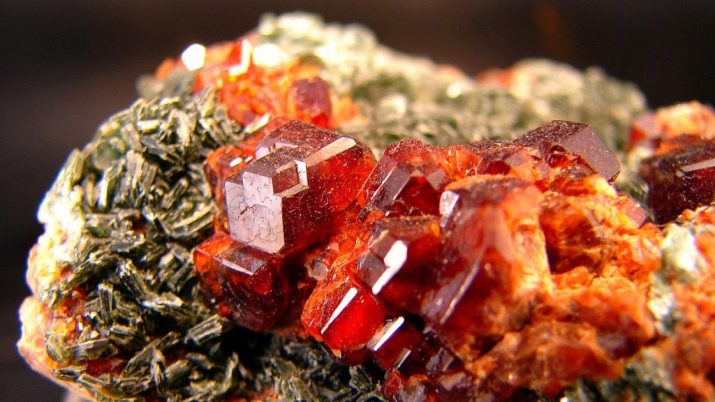
- Jade has a lot in common with jade. Most often, this rare stone is green, but you can also find pink, purple and even white samples. For centuries it has been used to make amulets and vases in China.
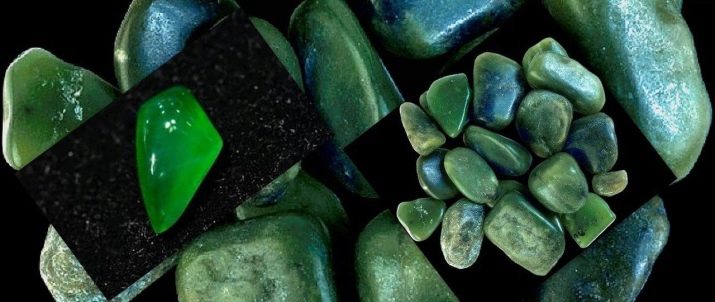
- Have quartz There are a number of unusual characteristics - it is quite easy to obtain, it is very common, and it is also notable for its hardness. The classification of quartz includes the following stones: smoky quartz, rock crystal, the aforementioned agate, amethyst and chalcedony, as well as rose quartz, carnelian, onyx, cat's eye and a number of other stones.

- Moonstone quite famous and has a characteristic transparent blue color with a pearlescent tint. Sometimes there are white and pink stones. A rather rare phenomenon is a star pattern.
In the light, when rotating, the stone is capable of sparkling and even “making a flash”.
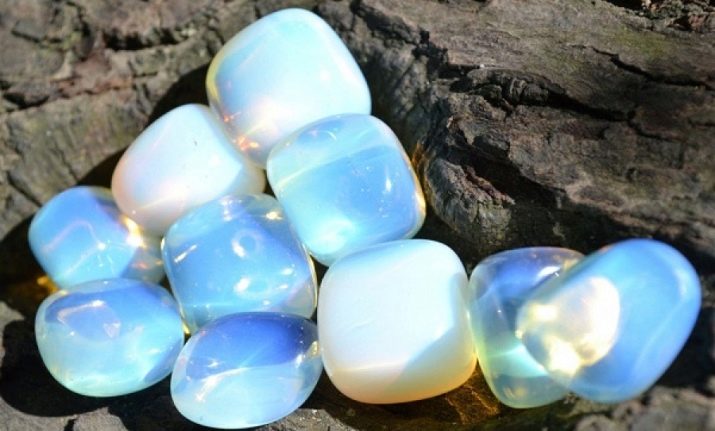
- Known since ancient times, especially in the East, the stone - nephritis... Often seen, it has a dark emerald green color. Other shades of this stone are red, gray, blue and variations of green. Another name is “the stone of tranquility”.
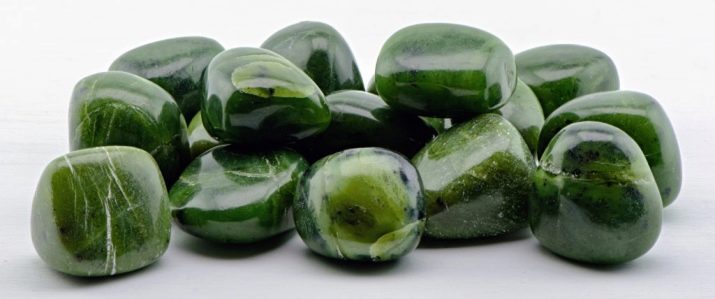
- Traditional color mother of pearl is white with various iridescent shades, but it can be any other color up to black. As a rule, it is mined from pearl shells and is used not only for inlaid jewelry, but also in the manufacture of buttons, as well as other small items of clothing and accessories.
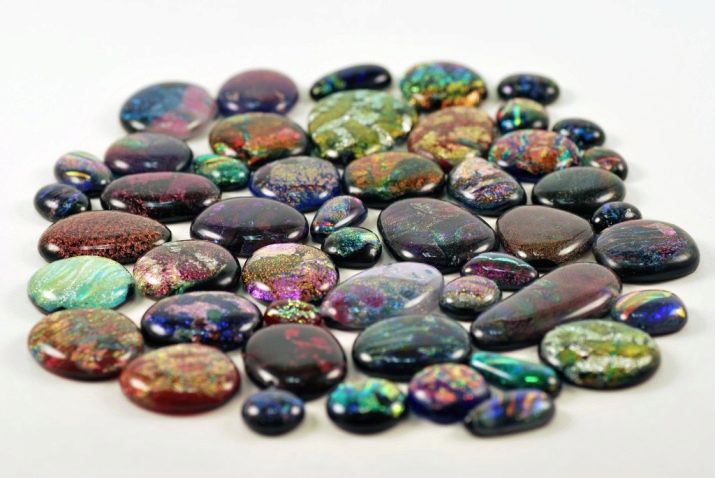
- Topaz is a crystal of uniform color. It can have many shades - from dark purple to transparent white. The yellow mineral is especially prized.
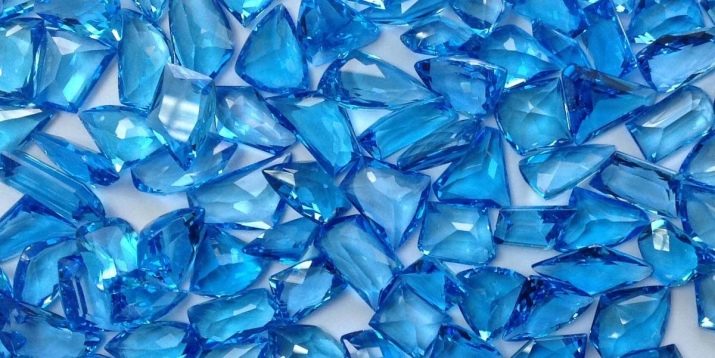
- Sardonyx is a type of agate that is similar in appearance to it, but has distinctive dark and light stripes.The tradition of making amulets from sardonyx dates back to antiquity and continues today.
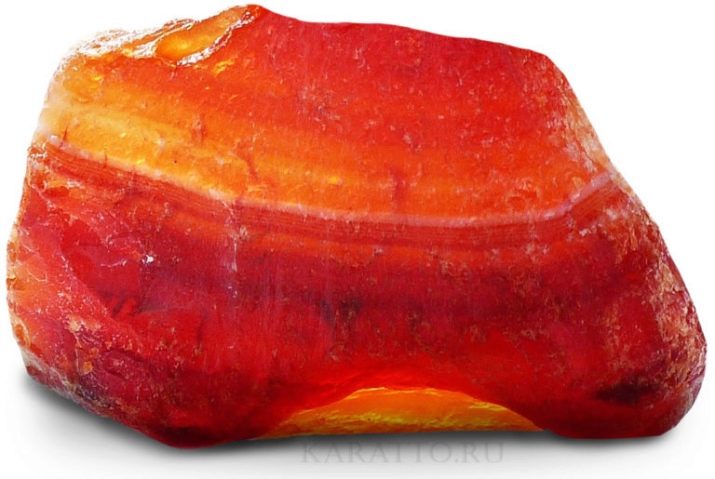
- Cornelian has a transparent red or brown color and is a type of chalcedony. Rare specimens are orange. It is distinguished by its chaotic pattern and blotches in the form of stripes. It was used as an ingredient in medicinal powders by ancient healers. Now it is mainly used only in the manufacture of jewelry. It has been found to pair best with silver.
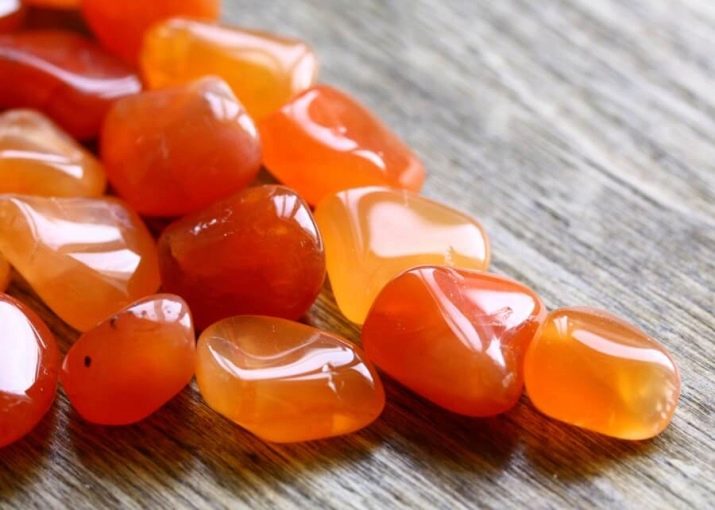
- A variety of chalcedony is also chrysoprase... Has a "clear" or transparent green color. The higher the level of transparency, the more expensive it can be.
It is noticed that in the sun it can "fade", losing its green color. When moistened, it is restored again.
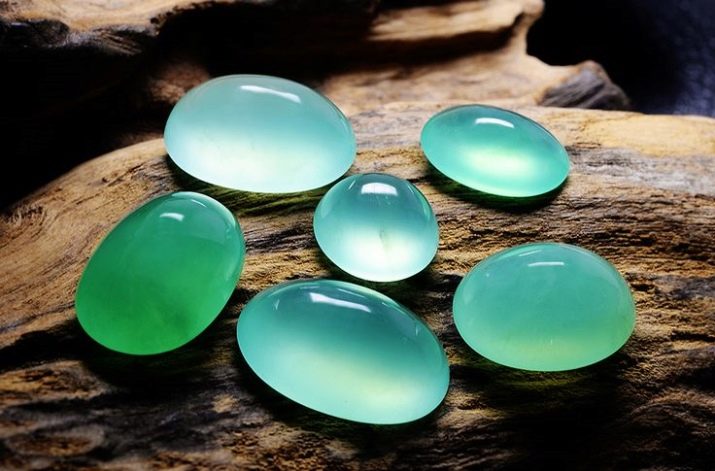
- Chrysolite is a stone of volcanic origin. All samples of this stone have a green tint, but with different inclusions. Due to its special structure (high refractive index) it is able not only to sparkle, but also to shine under the rays of the sun. Differs in great fragility.
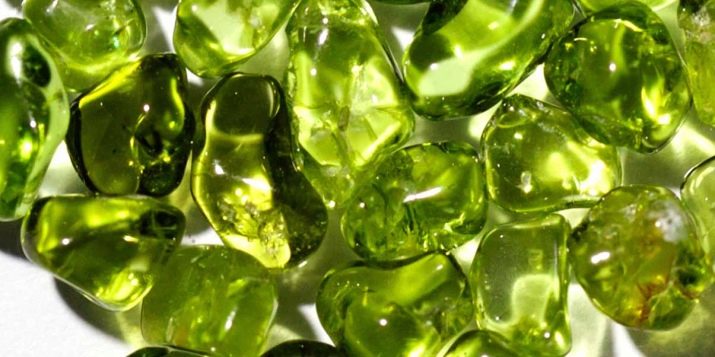
- Rhinestone... In ancient times, cups and even dishes were made from it. It is a transparent stone. In the light of the sun's rays, it becomes almost transparent and reflects the light, sparkling brightly.
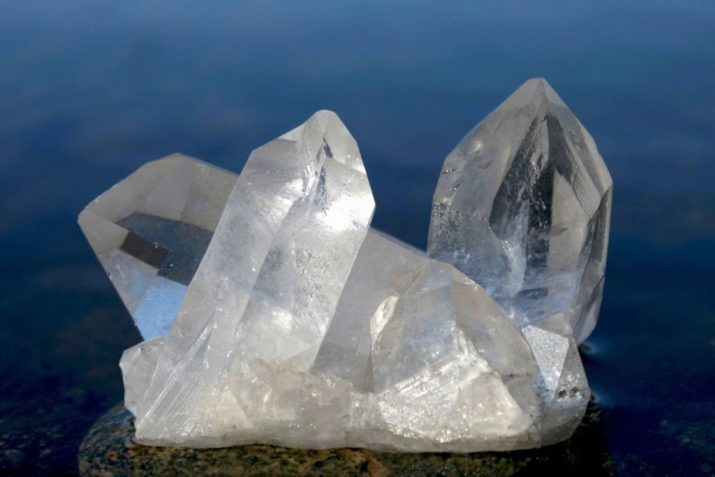
- Citrine, also called golden topaz, is a type of quartz. Has a characteristic transparent yellow color. It is mainly used for making jewelry.
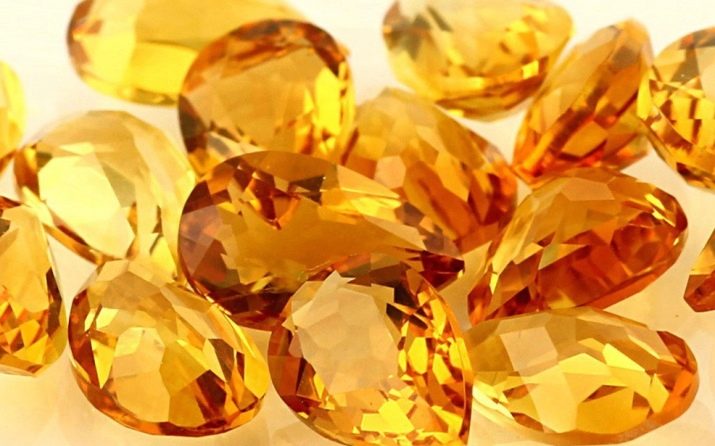
This list is not limited to these representatives.
A complete and reliable list of all semi-precious stones can be found in a special register or reference book.
Separately, it is worth talking about the classification of such minerals.
- Group of red representatives... Such stones symbolized brightness, power and even fury. Used for inlaid jewelry of rulers. To this day, they are the most expensive. Typical red stones include ruby, garnet and alexandrite.
- Group of purple stones... Since ancient times, the unusual color had ambiguous and contradictory associations, therefore it is traditionally believed that the group of these minerals does not have any special properties. But nevertheless, they are remarkable for their special beauty and play of color. The smallest group, which includes amethyst, sapphire, charoite and other stones.
- Group of blue fossils. Such stones are in the arsenal of almost any jeweler. The most famous representatives of this group are turquoise, lapis lazuli and tanzanite. It is the samples of this group that are most mined in Altai.
- A group of yellow stones. Because of their color, they were associated with gold and money. They acquire their color due to the content of lithium, measure and iron in their composition. They were considered female stones. Representatives - citrine, amber, carnelian, heliodor and others.
- A group of green semi-precious stones. They were considered stones whose color had a calming effect. They are also abundantly inlaid with various ornaments. These stones include jade, jadeite, chrysoprase and malachite. The latter is worth mentioning separately. It is an ornamental stone from which vases, boxes, stands and other various accessories are made. Its large deposits are located in the Urals.
- A group of black stones. Having an unusual and even shocking color, these stones are appreciated by lovers of bright jewelry. Among such samples are agate, onyx, hematite and the notorious obsidian.
- A group of white nuggets. By their structure, they are crystals and have a characteristic "glow" and transparency of the structure. Includes moonstone and opal. Many representatives of this group are mined in the Crimea.


Types of cuts
Cut - a multi-stage process during which the gem is processed. The result of this process is to give the stone shape and maximum "sparkle". Obviously, the gems themselves without specific cuts do not have their high price.In addition, the cut of the stones simplifies the attachment of the gem in the decoration. The main types of gem cuts in jewelry and not only include the following techniques.

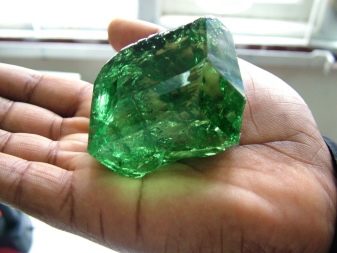
Classic (round) brilliant cut
As becomes apparent, it is used for diamonds and other minerals with a high level of color dispersion. After cutting, the gems acquire their characteristic shapes - diamonds. Many of its faces are called facets. The widest edge located on top is called the site. The back of the diamond is the pavilion, the front is the crown. The belt surrounding the section with the largest area is called girdle.
The very meaning of this cut lies in the correct calculation of the cross-sections, due to which the refraction of light occurs and the stone "sparkles".
The beam is reflected twice from each of the back facets and exits through the crown. There are three main diamond cutting techniques: high-light cut (74 facets), majestic (102 facets), royal (86 facets).
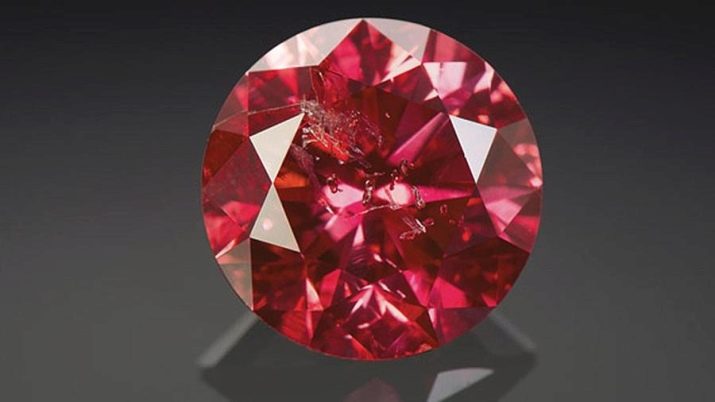
Emerald cut
It is a stepped cut in which the stone is given an octagonal shape. Step cutting, in turn, is a type of processing in which the facets are placed on top of each other. The platform has the shape of a polygon, and the side facets are trapeziums, triangles.
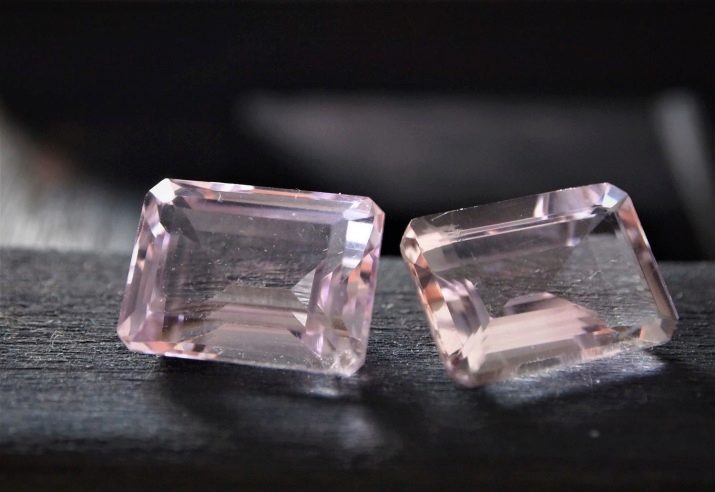
Wedge cut
With this technique, the sides and corners are given a triangular shape. After processing, the upper part of the nugget consists of four pyramids, each of which has four faces, and at the base there is a trapezoid. The lower one is similar to the upper one, which is based on the same number of triangular faces. In this case, the girdle is separated by one third of the entire stone.
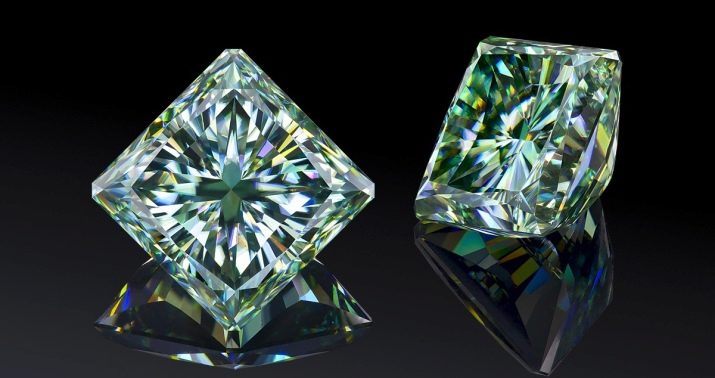
Rose cut
When using this technique, the stone lacks the lower part, as well as the platform. The crown contains an even number of triangular faces (usually 24 or 42 faces). There are several types of this cut: Dutch, Semi-Dutch, Double Dutch, Briolette and Antwerp... As a rule, the stone after processing has a rounded shape. But this may not always be the case, there are exceptions. It is not often used now, but was popular in the later Middle Ages.
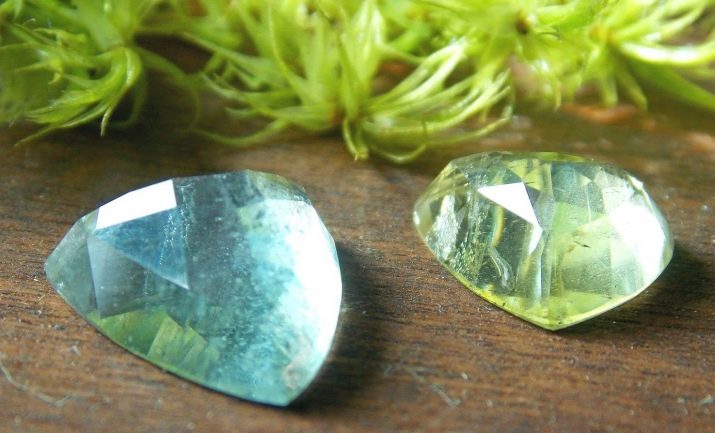
Table cut
It is a simple step-by-step processing technique. Has a large and wide area. It is usually used for gems intended for inlaying men's signet rings.
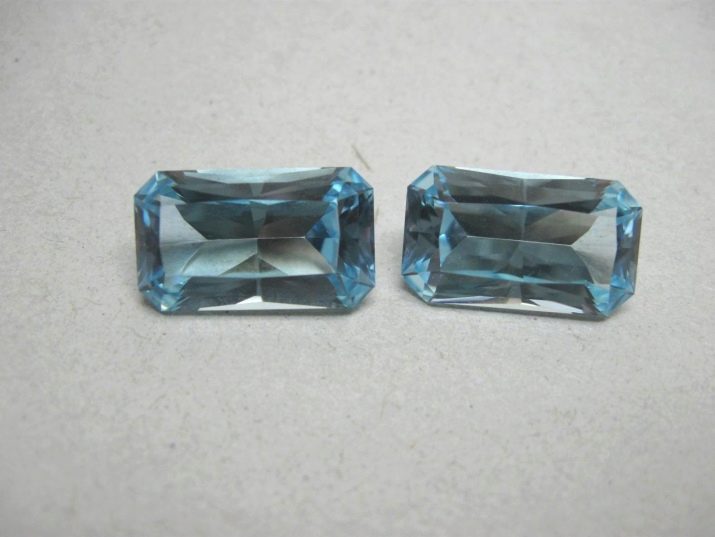
Cabochon cut
With this method of cutting, the bottom of the nugget remains flat, while the top is smooth and streamlined. As a rule, such products are round, oval or in the form of an elongated drop. Such cutting is usually applied to translucent, opaque or turbid samples with intersperses. Cabochons come in different heights - medium, high and low. This parameter is dictated by the fragility of the material.
When making a product that is too thin, there is a high risk that it will break. Thus, the thickness of the cabochon is determined individually for each mineral.

Glyptics
It is a technique of relief carving on stones. Bright representatives of such work are cameos. Quite a difficult technique, originating in the times before our era. Usually glyptic crafts depicted antique subjects, and later - portraits.
Now there are no boundaries as to the subject matter of the image. It is known about the large collection of cameos of Empress Elizabeth II, which is kept in the Hermitage to this day. This technique is mainly practiced only by master stone cutters.
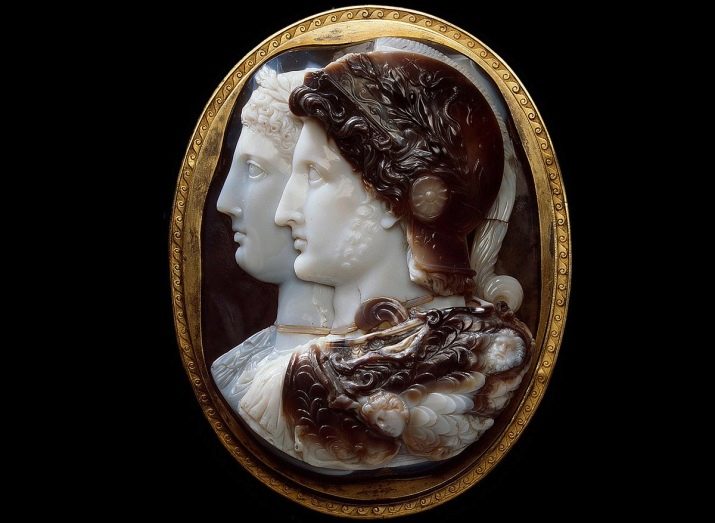
Japanese technique of carving figurines from stone - netsuke
Ready-made samples are mini-figures. They were commonly used as pendant kimono key rings. Now this technique has become widespread, and products made in it are sold as souvenirs. However, professional craftsmen still exist and sell their work at a very high price.
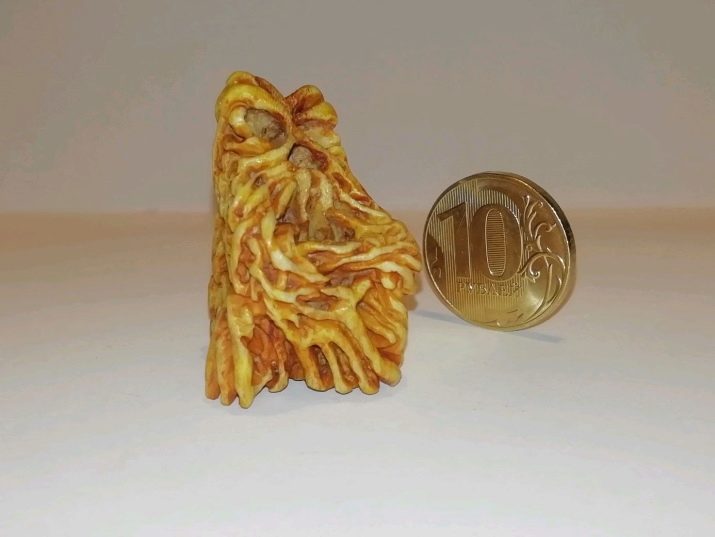
Other cutting techniques are also worth noting - mixed, pear, "marquise", "pendeloki"as well as inlay and Florentine mosaic... In the last two techniques, the surfaces are covered with gems in the form of patterns.
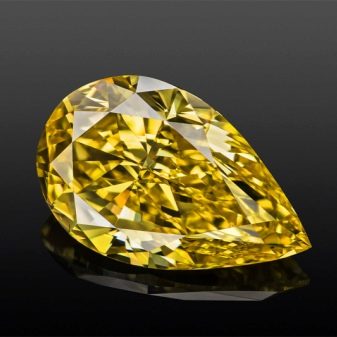

How to choose?
There are some properties inherent in semiprecious stones, by which their value is assessed, and, accordingly, a choice is made.
- One of the most important aspects when choosing - sample rarity.
- Stone parameters... This item includes the volume and size of minerals.
- Typical pattern on the sample... Most of the representatives of this group - with a "pattern".
- Pattern quality... Openwork or symmetrical patterns are much more valuable than chaotic ones.
- The presence of inclusions of other stones... This can both raise the price of certain stones and lower it.
- Integrity... Cracks on nuggets are quite typical for them.
- The last, but, most often, important criterion is fashion trends... The popularity of most semi-precious gems is similar to a sine curve with ups and downs.
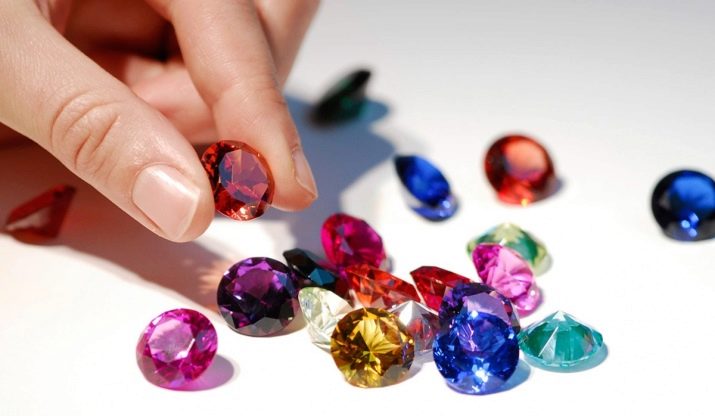
In conclusion, I would like to note the fact that with the development of various sciences, the market has been filled with counterfeit products. In addition, now there is an opportunity to grow artificial stones under certain conditions.
It is necessary to purchase gems only from trusted sellers or jewelry stores with a good reputation.
No synthetic stone will have the same special characteristics as natural.
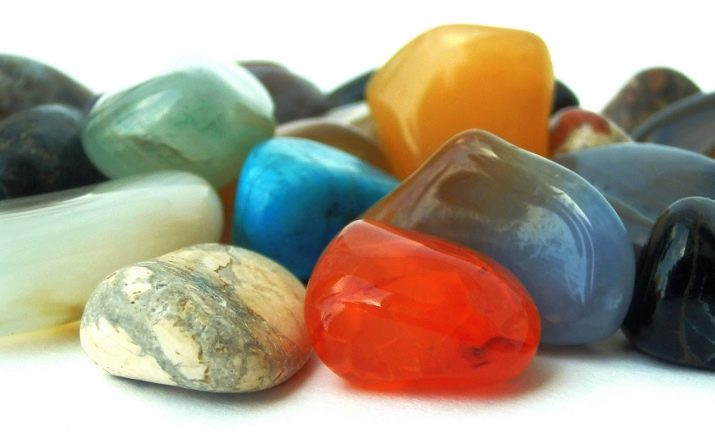
In the next review, you can find out how semi-precious stones are used in furniture, walls, plumbing and other decorative elements.








